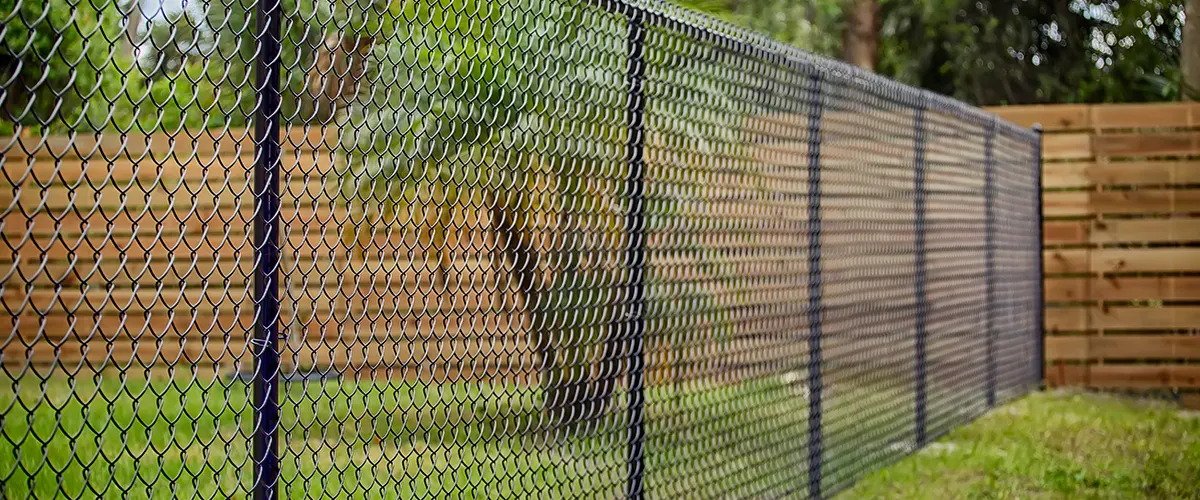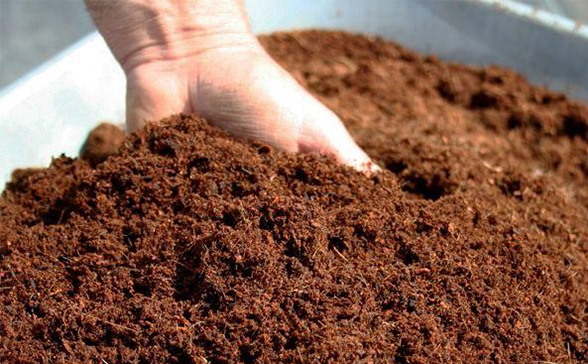The Garden Guardian: Exploring the Benefits of Installing a Fence Around Your Garden
Picture this: a picturesque garden filled with blooming flowers, flourishing veggies, and happy little butterflies fluttering around. Now, imagine this garden is safely tucked behind a sturdy fence, shielded from pesky critters and prying eyes. Installing a fence around your garden isn’t just about adding a touch of charm; it’s a garden guardian that offers a plethora of benefits. Let’s dive into the wonderful world of garden fencing and explore why it’s a must-have addition to your green oasis.

Section 1: Protection from Unwanted Guests
A fence around your garden is like a loyal knight guarding the castle. It creates a protective barrier that keeps unwelcome visitors at bay. Those curious rabbits eyeing your tender lettuce? No chance! Your fence will discourage them from nibbling on your precious greens. Moreover, it acts as a fortress against marauding deer, mischievous raccoons, and other garden pests. With a sturdy fence in place, your garden remains an exclusive retreat for your beloved plants, undisturbed by furry intruders.
Section 2: Enhancing Privacy and Security
Who doesn’t love a little privacy in their garden sanctuary? A fence not only shields your garden from wildlife but also provides a sense of seclusion from prying eyes. Whether you’re enjoying a cup of tea on your patio or playing with the kids, a garden fence offers that extra peace of mind.
Moreover, a fence can add an extra layer of security to your property. It serves as a deterrent for potential intruders, making it more challenging for them … Read More


